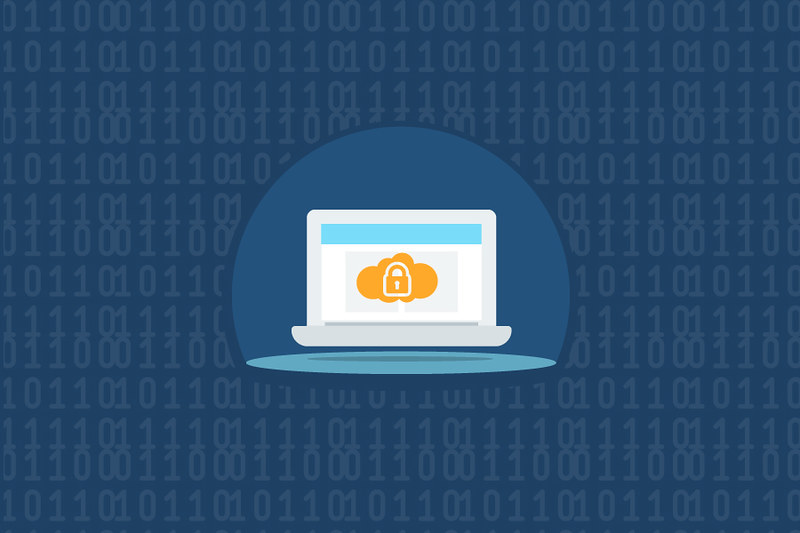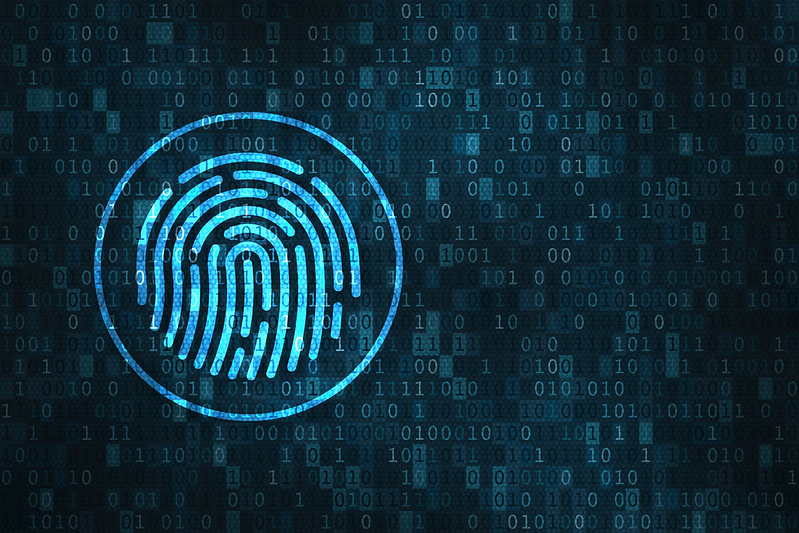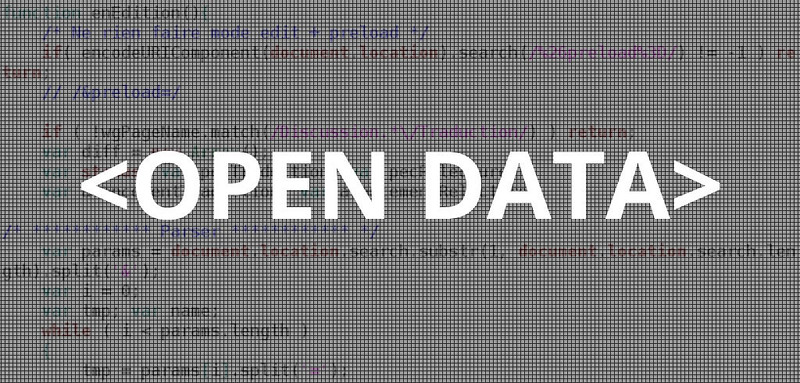"Managed Service Providers (MSP's) are constantly bombarded with new vendors and products that either overlap with a product already in our line cards or is difficult to get client buy in. Cyberhoot brings a new product/service to the MSP space that is unique and compelling. CyberHoot allows MSP's to shape the learning experiences of their clients resulting in powerful outcomes. I highly recommend you take a look at CyberHoot for your Learning Management System needs."












